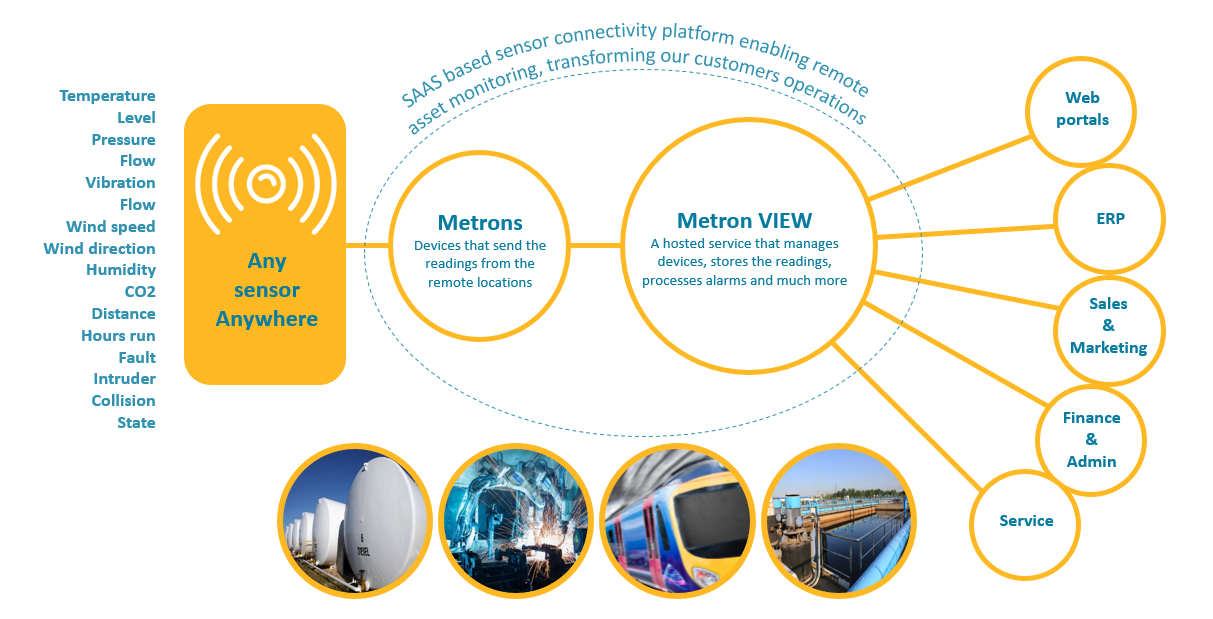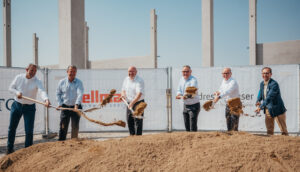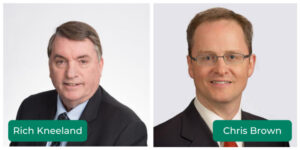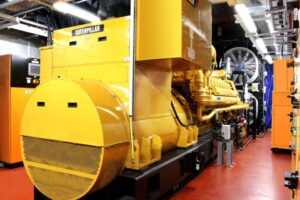Pipe and cable seal manufacturer Roxtec UK has expanded its marine and offshore team with the appointment of a new business development manager.
Jordan McNelly joins the company as Marine and Offshore Manager (North). His experience covers the manufacturing, distribution and contracting sectors, and in his new role at Roxtec he will be responsible for supporting customers in the north of England and North Wales.
Roxtec supplies the maritime industry with a wide range of pipe and cable transits that protect people and assets from multiple hazards including fire, flooding, the risk of explosion and electromagnetic disturbances.
Designed to withstand harsh ocean environments, Roxtec safety seals are used aboard carriers and cargo ships, superyachts, cruise liners, ferries and naval vessels. (See: Roxtec naval and Roxtec commercial marine . Its seals are also an industry standard within the offshore oil and gas sector, found on jack-up and semi-submersible rigs, and aboard FPSOs, drill ships and offshore support vessels. (See: Roxtec offshore oil & gas).
Mr McNelly said: “Roxtec is the global leader in pipe and cable safety seals, with a strong reputation and a lot of extremely innovative products that have proved to be game changers. This is a highly technical marketplace and I’m looking forward to working with customers, their designers and contractors to find sealing solutions that best fit project requirements – whether that be off-the-shelf products or bespoke solutions.
“I’ll be working with businesses across the North, with particular focus on the Merseyside area for shipbuilding and ship upgrades, Barrow-in-Furness where there’s a lot of activity linked to the submarine programme, and the North Sea in respect of oil and gas. My primary role will be to support customers and educate businesses within the wider marine and offshore market as to the variety of cable and pipe seal solutions Roxtec has available, as well as the value they can offer both at the point of installation and over the lifetime of a vessel.”
Clive Sharp, Managing Director of Roxtec UK, added: “Designing and manufacturing innovative sealing solutions is our passion. We work closely with shipbuilders to develop reliable pipe and cable transits that speed up installation time and reduce costs, while ensuring the safety of ships and crew.
“We have a great team in place to support our customers right across the UK and Jordan will play a pivotal role as we continue to increase our presence in the maritime sector.”
The Swedish-owned company first entered the marketplace in 1990 and is now active in more than 80 markets worldwide. Its transits are renowned for their durability, reliability and flexibility, and are also widely used to seal pipe and cable entry points within the manufacturing, power, infrastructure and process industries.
 Instrumentation Monthly Test | Measurement | Control
Instrumentation Monthly Test | Measurement | Control

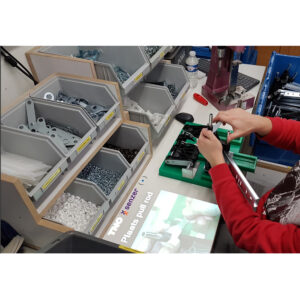
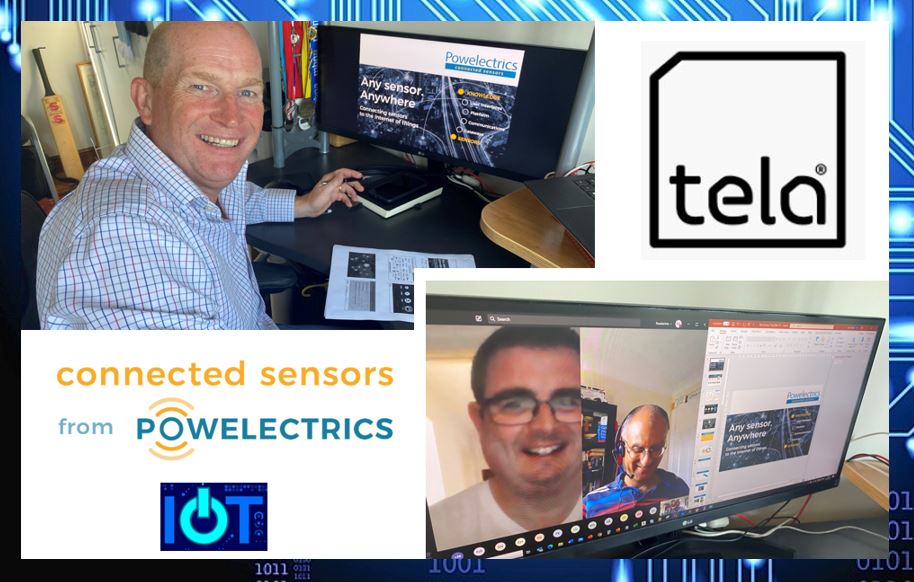
 Ian Lloyd, Head of IoT, said: “Tela Technology are truly excited about this new alliance relationship with Powelectrics. We have a large, existing client base, most of whom will benefit enormously from embracing the Internet of Things.
Ian Lloyd, Head of IoT, said: “Tela Technology are truly excited about this new alliance relationship with Powelectrics. We have a large, existing client base, most of whom will benefit enormously from embracing the Internet of Things.